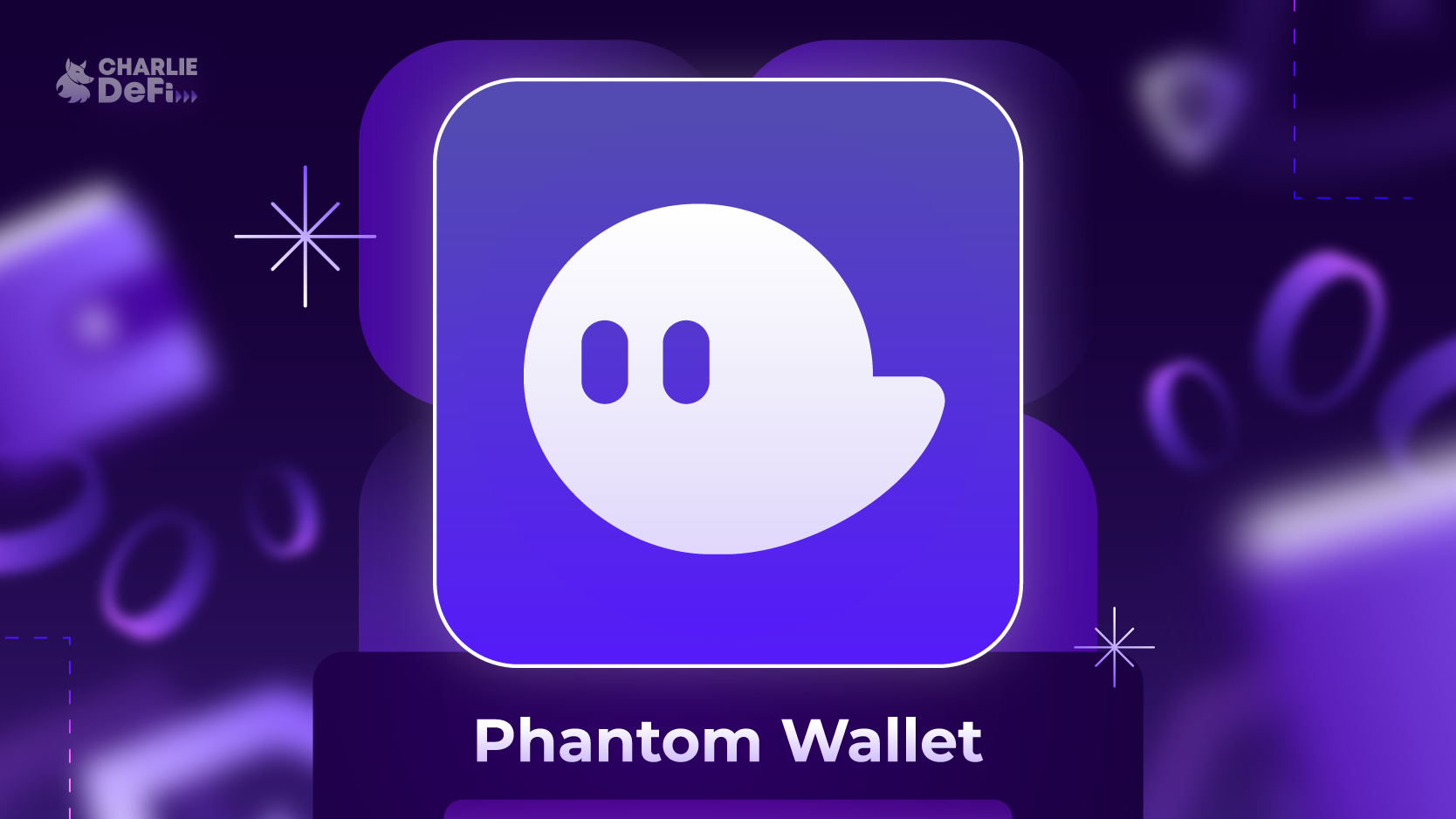Okay, so check this out—when I first dove into Solana wallets, I was overwhelmed. Seriously, there are so many options out there. But something felt off about the usual suspects; they either felt clunky or lacked user-friendly vibes. Then I stumbled upon Phantom. Wow! It’s like the wallet was designed with real people in mind, not just tech geeks.
Phantom isn’t just another crypto wallet extension—it’s a game changer for managing Solana assets. I mean, at first glance, it looks clean and simple, but the deeper you go, the more you realize how thoughtful it is. For example, it supports staking and seamless token swaps right from the browser. Not to mention the NFT integration! If you’re into collectibles, this part is very very important.
Something else that caught my eye was how fast Phantom loads. No delays, no weird glitches. Initially, I thought maybe it was just my setup or luck, but after testing on multiple devices, it held up. That’s rare in crypto wallets, to be honest. My instinct said this is the real deal, though I wasn’t ready to swear by it just yet.
Here’s the thing. Wallet security often feels like a trade-off with ease of use. You want strong protection, but you don’t want to wrestle with complicated seed phrases or confusing settings. Phantom strikes a nice balance here. It encrypts your private keys locally, so you’re in control. Oh, and by the way, the recovery process is straightforward—no need for a PhD in cryptography.
That said, it’s not flawless. I ran into a couple of hiccups with certain dApps that didn’t integrate smoothly at first. Though actually, the Phantom team seems quick on updates, so those issues faded away pretty fast. Still, it reminded me that no wallet is perfect, and you gotta stay vigilant.

Downloading Phantom Wallet: What You Need to Know
If you’re wondering where to safely grab Phantom, I’ve got you covered. There’s a legit hub for downloads right here, which I trust from personal experience. It offers versions for Chrome, Firefox, Edge, and Brave browsers, so no matter what you’re rocking, Phantom’s got your back.
Really? Yeah. I was skeptical about browser extensions initially because of phishing risks. But the official site clearly states their verification methods and has a solid track record. My advice? Always double-check the URL before installing anything crypto-related. Somethin’ as important as your wallet deserves that extra caution.
Downloading is straightforward. Once you install the extension, you either create a new wallet or import an existing one using your seed phrase. Just remember, your seed phrase is like the keys to your kingdom—never share it or store it online. I can’t stress that enough.
One minor annoyance, though, is that Phantom currently doesn’t support mobile devices natively. So if you’re expecting a phone app, nope—not yet. They’re reportedly working on it, but for now, you’re mostly tied to desktop browsers. That bugs me a little, but the desktop experience is solid enough to make up for it.
On one hand, having a dedicated extension feels more secure than a web wallet; on the other hand, it limits mobility. Hmm… maybe a trade-off worth making if you prioritize security over convenience.
Why Phantom Stands Out in the Solana Wallet Crowd
Let me share a quick story. A friend of mine kept losing tokens because his wallet wasn’t user-friendly. He swore off crypto wallets for months. Then I introduced him to Phantom. His first reaction? “Whoa, this feels different.” And it was. The interface reduces errors and the confirmations feel intuitive without being naggy.
Another cool feature is its built-in swap function. Instead of juggling between exchanges, you can swap tokens directly within the wallet. It uses Serum’s decentralized exchange under the hood, which is neat because it keeps your trades on-chain and transparent. I like that—it aligns with the whole decentralized ethos, though actually, I do wish the swapping fees were a tad lower.
Phantom also supports hardware wallets like Ledger. So if you’re extra cautious, you can link your Ledger device and sign transactions offline. That combo adds a layer of security that’s very comforting, especially for bigger holdings. I’m biased, but this hybrid setup is one of the reasons I trust Phantom for serious Solana users.
Something else worth mentioning is the community behind Phantom. The devs are active on Twitter and Discord, always taking feedback seriously. That kind of transparency doesn’t come easy in crypto spaces. It’s refreshing to see a project that listens and iterates based on real user input.
That said, Phantom’s simplicity might not satisfy die-hard power users who want every bell and whistle. But honestly, for most people stepping into Solana, it hits the sweet spot between ease and capability.
By the way, if you want to get started with Phantom right away, check out the official download page here: https://sites.google.com/phantom-solana-wallet.com/phantom-wallet-downloads. It’s the safest bet and keeps you away from sketchy sites.
Common Questions About Phantom Wallet
Is Phantom wallet free to use?
Yep, Phantom is completely free to install and use. You only pay regular Solana network fees when you send tokens or interact with dApps.
Can I use Phantom on my phone?
Not yet. Phantom is primarily a browser extension for desktops right now, but mobile app development is reportedly underway.
How secure is Phantom wallet?
Phantom stores your private keys locally and encrypts them. Plus, it supports hardware wallets like Ledger for enhanced security.
Can I stake Solana tokens with Phantom?
Yes! You can stake SOL directly within Phantom, which is super convenient for earning rewards without leaving the wallet.


No Comments